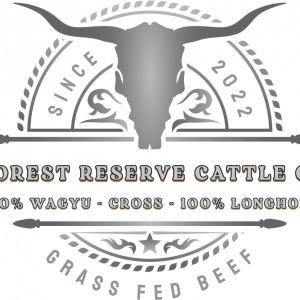Our business model has at its core Community Supported Agriculture.


-
 CSA – Custom item Membership$1,125 – $4,000
CSA – Custom item Membership$1,125 – $4,000 -
 CSA – Full Membership$15 – $550
CSA – Full Membership$15 – $550 -
 CSA – Fractional Membership$25
CSA – Fractional Membership$25
As defined, Community Supported Agriculture (CSA), one type of direct marketing, consists of a community of individuals who pledge support to a farm operation so that the farmland becomes, either legally or spiritually, the community’s farm, with the growers and consumers providing mutual support and sharing the risks and benefits of food production.
You can read more about CSA here. This page presents information and research about CSA, historical data, access to local food directories, and more.
Our approach is to offer CSA members choices which are:
- Full membership
- Fractional Membership
- Limited Items Membership
Retained interest:
20% of all farm and ranch production will be retained for use on the farm or used in activities to promote the farm to the public. We envision needing samples to serve at hosted gatherings for visitors to the farm, samples offered at farmer’s markets, and to use in Taylor’s Pantry — which we intend to offer as an on-site store using the “Take what you need, Pay what you can” price model to support local families in the area.
Full Membership:
As a full member, based on our annual pre-planning survey, we will allocate and reserve a fixed percentage of total production from all farming and ranching operations for each full member. We expect to allocate 50% of the total production of the farm to fulfillment for full members. Full members will have the choice of how to receive their allocations from beef and produce by designating the interval of allocation (weekly, monthly or quarterly) and by designating the percent distribution of the full allocation to each of the following: 1) Personal consumption, 2) Farmer’s Market inventory, and 3) local food bank or equivalents.
Fractional Membership:
As a fractional member, everything works like the full membership EXCEPT, each fractional member account is comprised of a group of individuals who share a full membership. As an example, one member of the group might want to manage the produce allocation while another only wants to manage the beef allocation.
Therefore, as a full member, based on our annual pre-planning survey, we will allocate and reserve a fixed percentage of total production from all farming and ranching operations for each full member account which is then an aggregate total for the fractional members. We expect to allocate 50% of the total production of the farm to fulfillment for full members. Full members will have the choice of how to receive their allocations from beef and produce by designating the interval of allocation (weekly, monthly or quarterly) and by designating the percent distribution of the full allocation to each of the following: 1) Personal consumption, 2) Farmer’s Market inventory, and 3) local food bank or equivalents.
Custom items membership
As a Custom items member, based on our contract to produce offering, we will allocate and reserve a fixed percentage of designated production from all farming and ranching operations for each Custom items member. We expect to allocate 30% of the total production as designated production of the farm to fulfillment for Custom items members. For example, we are able to offer whole calf, 1/2 side calf, 1/4 calf directly to limited items members while the animal is living. This method of selling beef is afforded an USDA exemption called “Custom Exempt”. For these limited items members will take ownership of the animal and will then provide the direction for how the animal is to be processed and delivered. All Custom Exempt yield is restricted from further or subsequent sale and must be delivered to and consumed by the Custom items member owner or co-owner of the animal. multiple Custom items members may co-own the same animal subject to USDA restrictions.
The slaughter and processing of livestock and poultry for the use of the owner, their household, guests or their employees, commonly called “custom exempt,” are exceptions to the typical inspection requirements. In practice, producers may sell portions of an animal (ex: 1/4 steer, 1/2 hog) to several consumers while the animal is still alive. At that point, the consumers become co-owners of that animal, and once the animal is completely sold the producer acts as an agent to arrange transportation to the slaughter and processing facility. Each individual consumer/owner is then responsible for choosing how the animal should be processed, as well as paying both the producer (for the animal) and the processing facility (for the processing). Products that have been slaughtered and processed based on custom exempt guidelines may not be sold or donated.
https://nationalaglawcenter.org/custom-exempt-slaughter-the-exception-or-the-rule/
